Make no mistake, the Australian car industry is one of the toughest in the world. More than 60 brands fight for space in a market of just over one million cars per year.
Naturally that means not every brand can be riding high like Toyota, Mazda and Ford - someone has to come last. So, we scoured the sales data for 2023 and can reveal which brands are struggling to find buyers.
The names on the list will probably not come as a surprise to enthusiasts and regular readers. The last time we looked at this end of the markets, the names were very similar. It just seems that these brands fail to register with the majority of the market, but carry on regardless serving their loyal band of buyers.
For clarity, we have ignored the high-end premium and performance brands that traditionally sell in limited volume - such as Ferrari, Lamborghini and Rolls-Royce - and used the cut-off of 3000 vehicles as a reference point.
Citroen - 228 sales
.jpg)
Anyone who read my piece on the worst-performing individual models will not be shocked to see Citroen 'top' this list. The French brand has a small range in Australia, just four models - C3, C4, C5 Aircross and C5 X - and none managed to sell more than 69 examples in 2023.
That meant, despite Citroen sitting in a somewhat 'semi-premium' space (priced above mainstream models but without the overt luxury overtones of Mercedes-Benz and BMW) it was outsold by Bentley and Lamborghini and finished only 13 sales ahead of Ferrari.
This was a 23 per cent decline for the brand and highlights the sales struggle for Citroen since sister brand Peugeot took over the commercial vehicles side of the local operation. Five years previously, in 2019, Citroen recorded 400 sales, with 129 of those being the Berlingo and Dispatch vans.

At present Citroen is selling an average of just 1.6 cars per day, compared to Toyota's 589 average. While there's no suggestion that Citroen should be competing with the Japanese giant, those figures highlight just what a challenge the French brand is in the local market.
Questions must be asked about how long the Australian market can be a worthwhile venture for Citroen at these sales numbers.
Jaguar - 581 sales

Jaguar has been in steady decline in recent years, dropping another 17 per cent from 2022 to 2023, but more alarming has been the more than 74 per cent sales decline over the past five years.
But in many respects this is no surprise. Globally the company is in the middle of a reinvention (or 'Reimagine' as the company labelled its new plan), scrapping its line-up of petrol-powered models in favour of an all-electric future.

This has meant a focus on developing new models at the expense of the present, with no new models hitting showrooms since the I-Pace electric SUV launched in 2017. The ageing line-up has also been trimmed in recent years, with Jaguar Australia reducing its complexity but also hit with price increases in the post-COVID world.
The question isn't how well Jaguar will perform in 2024 or even 2025, but how it will rebound once its new era of electric models come online. It has the potential to either make or break the brand, but will give it its best shot with three all-new models, on all-new architecture, set to arrive globally by 2025.
Alfa Romeo - 716 sales
_0.jpg)
The Italian brand may not have cracked four-digit sales numbers but 2023 was actually a significant improvement over 2022, with 25.4 per cent growth thanks to the arrival of the new Tonale small SUV.
While it's probably fair to say the Giulia sports sedan and Stelvio mid-size SUV have enjoyed their best sales days already (both were down more than 35 per cent in '23) and are getting older, the Tonale shows there is still some interest in the famous brand.
In just half a year on sale the company sold 365 Tonales, almost as many as the Giulia and Stelvio combined. While it's not close to the class-leading Volvo XC40 (5837) and BMW X1 (4644), a full year of Tonale sales could be the best thing to happen to the brand since the Stelvio arrived.

Like Jaguar, Alfa Romeo's future hopes lie with an electric revolution, with Stellantis' global management planning to turn the brand into Italy's answer to Tesla with a range of sporty EVs. To achieve that the brand will launch one new model per year until 2027, starting in '24 with a new compact SUV to slot beneath the Tonale, before the Giulia and Stelvio are replaced the following years.
Will this SUV-heavy electric shift be what finally returns Alfa Romeo to its glory days or another false dawn? Only time will tell.
Fiat - 755 sales

While 755 sales is certainly not a lot, given the circumstances it's a positive performance for the brand famous for doing things small. The pint-sized 500 is now approaching its second decade on sale (it first arrived in 2007 and was facelifted in 2016) so it's remarkable it's still on sale at all, let alone still finding buyers.
The arrival of the all-new 500e electric hatch means at least the brand has new metal, even if it costs more than $50k, which naturally limits its sales potential. It only arrived in September too, so it didn't have much time to make an impact on the '23 sales numbers as a whole.
Still, Fiat finished up 111.5 per cent on '22 and really, as a brand that's effectively a single model (even if it now has petrol, electric and sporty Abarth variants) to close in on 1000 sales is a respectable performance.
Peugeot - 2516 sales
.jpg)
This is where our list gets a little complicated and, some may argue, controversial. That's because with its 2516 sales, Peugeot actually outsold both Genesis (1916) and Polestar (2463) in 2023. It also managed more than 20 per cent sales growth last year, so by its standards it was a good performance.
So why is the French brand making this list and the other two miss out? To put it simply, both Genesis and Polestar are newer, have had much less time to establish themselves and, perhaps most crucial of all, are growing. New models are expected for both brands in the next 18 months which have the potential for significant sales growth.
To put it another way, going back five years, in 2019 Polestar wasn't in the Australian market and Genesis sold just 103 cars, whereas Peugeot sold 2445. That means Peugeot was almost on par with its 2023 performance, while Genesis has grown exponentially. It's still possible either (or both) Genesis or Polestar will experience a similar sales stall to Peugeot, but it's too early to say that.
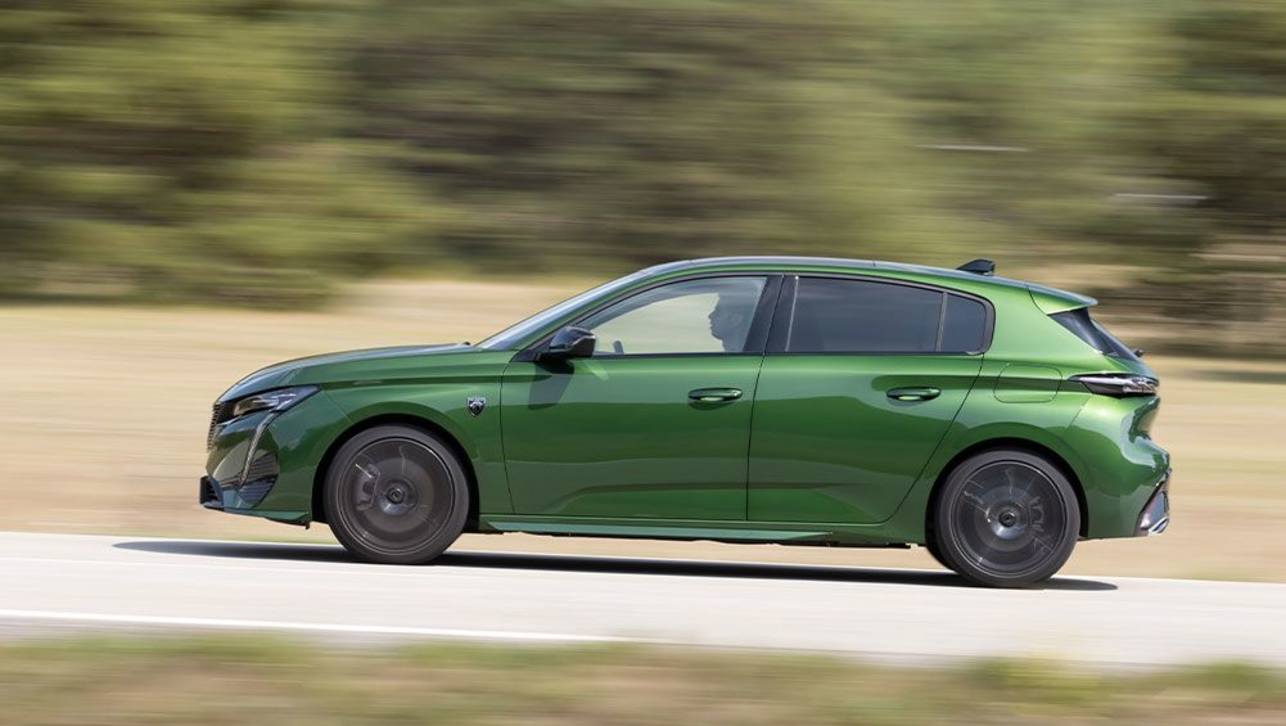
Peugeot, on the other hand, has been in the market for decades, but has seemingly found a natural cap. Which this author finds disappointing because the company makes very appealing cars. The 308 hatch, 3008 and 5008 SUVs are frankly on par with the competition from Mazda and Volkswagen, and yet sell in a fraction of the numbers. This is in part because the brand has increasingly skewed more premium and that's reflected in a higher price point.
Still, when you look at how both Skoda and Cupra have arrived and accelerated past Peugeot in the sales race (not to mention the likes of MG, BYD and Chery), it does make you wonder what it will take for Australians to embrace the French brand again.



.jpg)



.jpg)



.jpg)


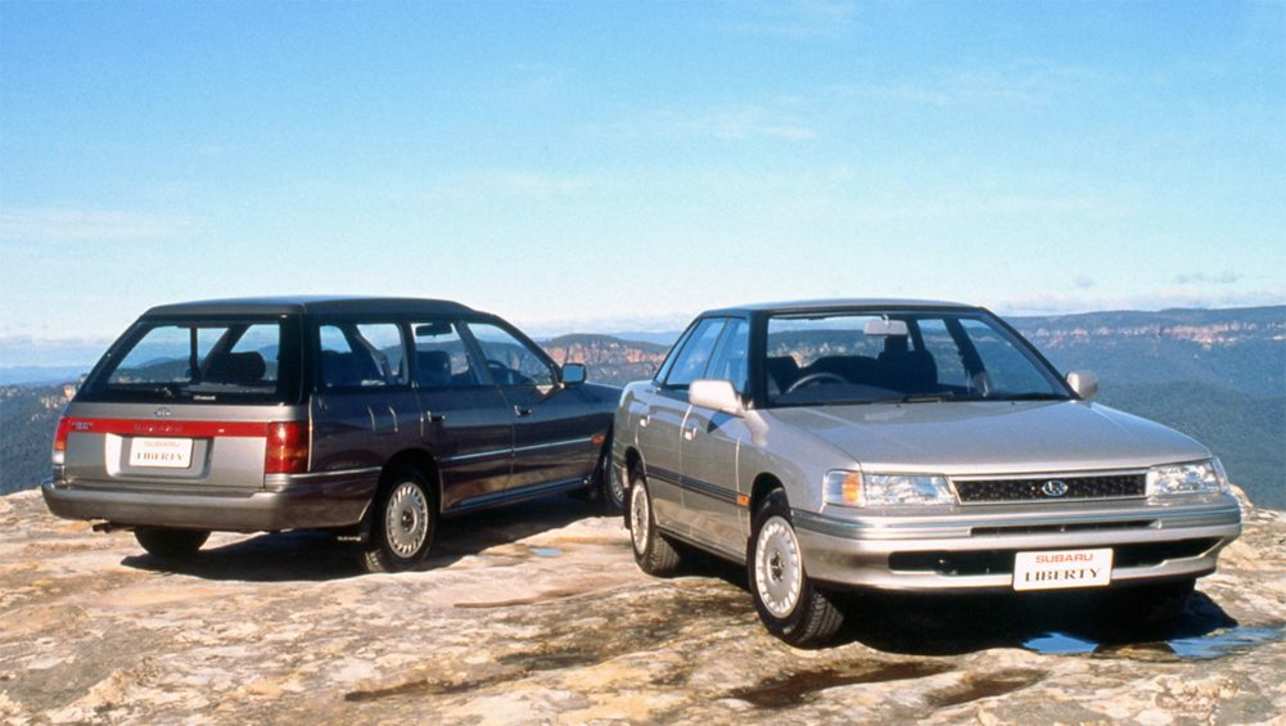
.jpg)
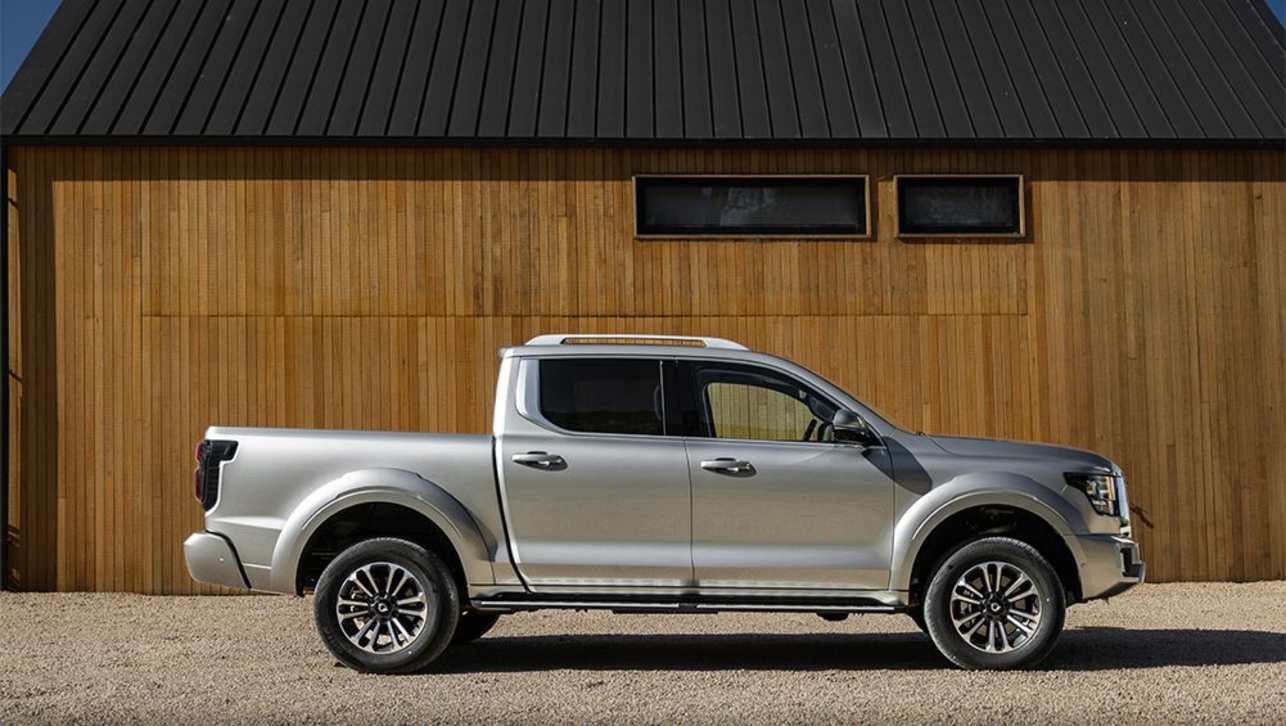
.jpg)
.jpg)


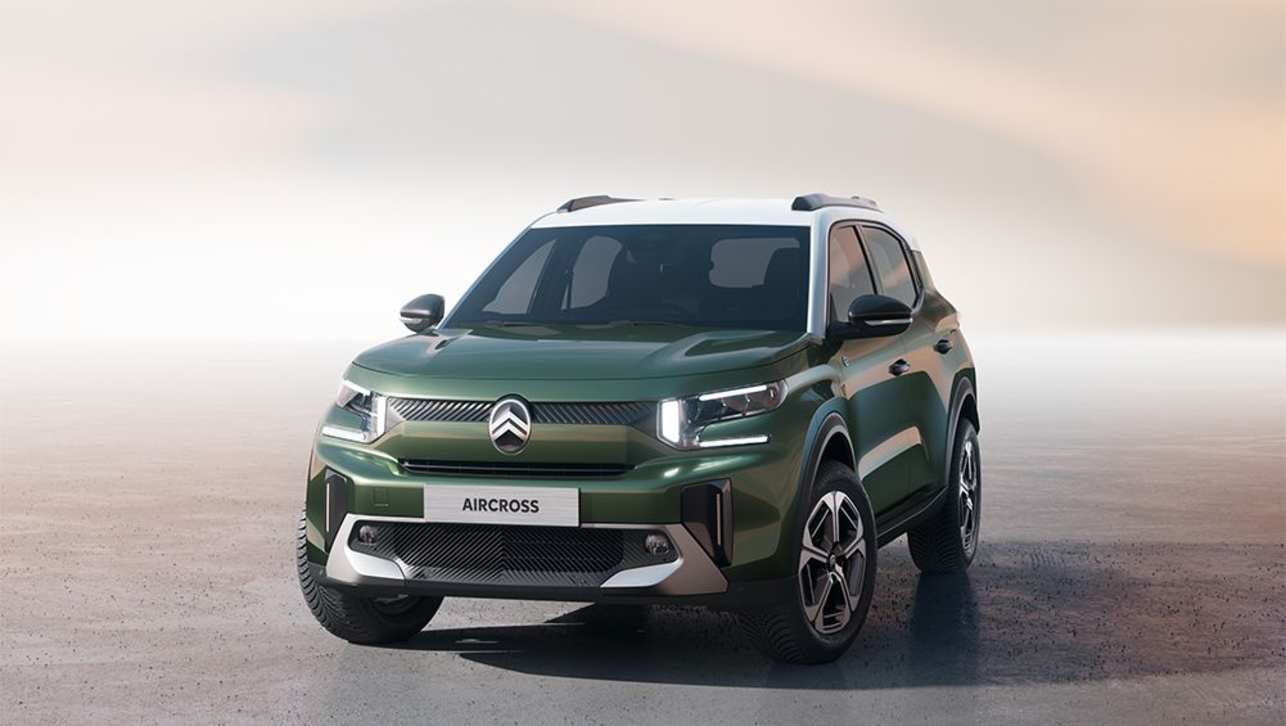
.jpg)
.jpg)
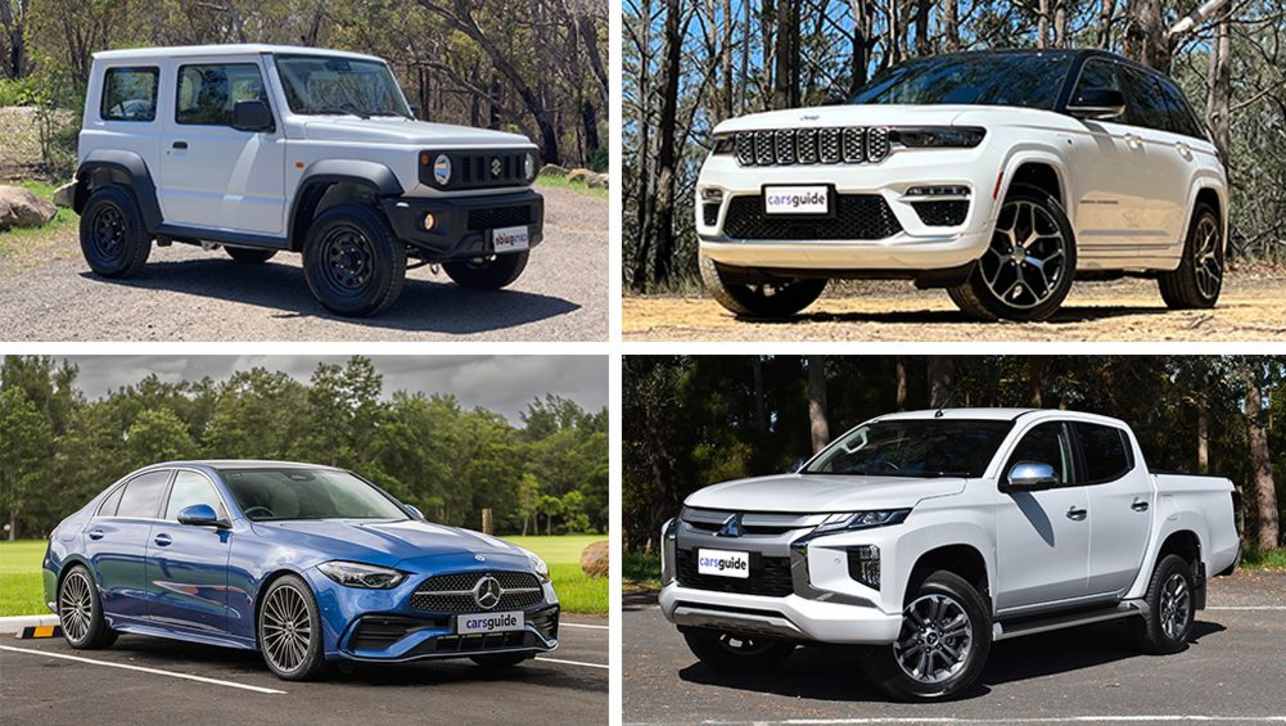
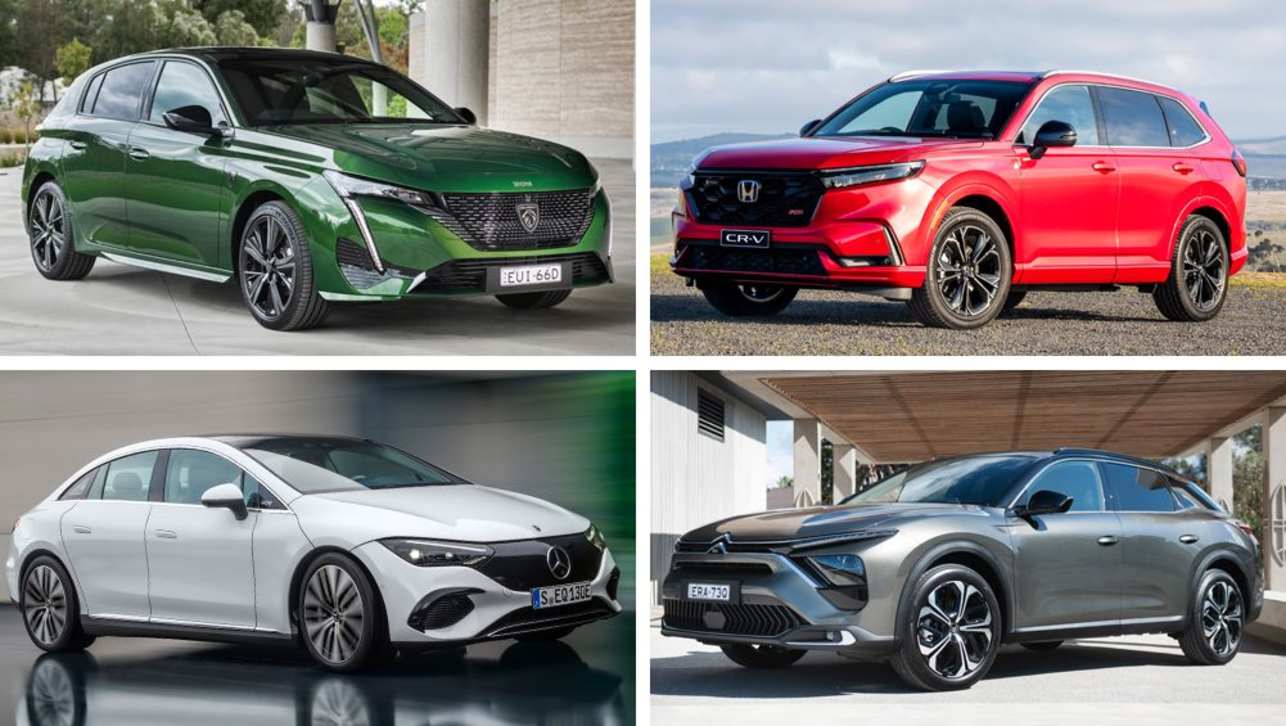



.jpg)
Comments